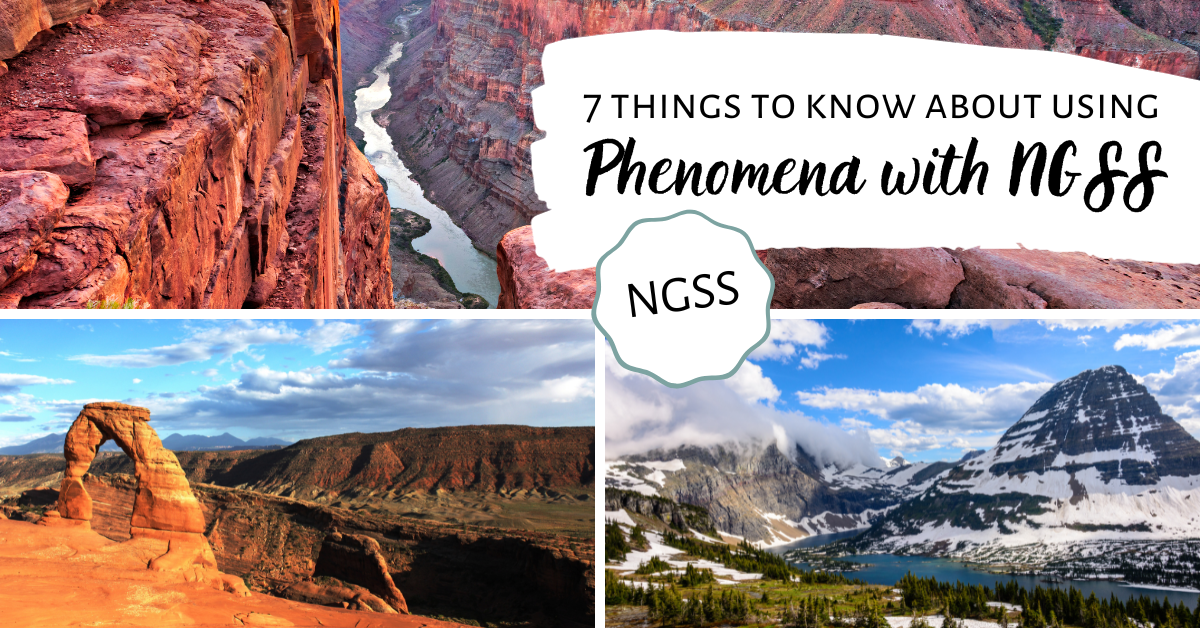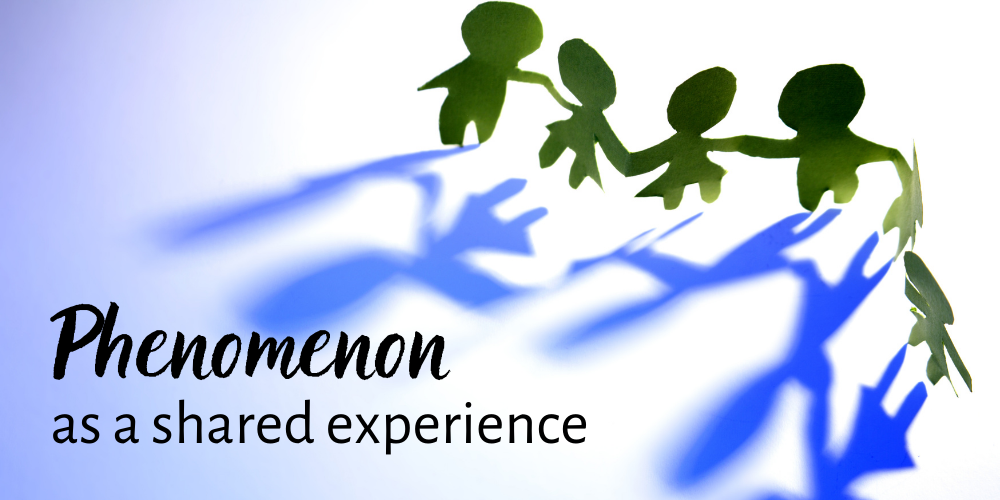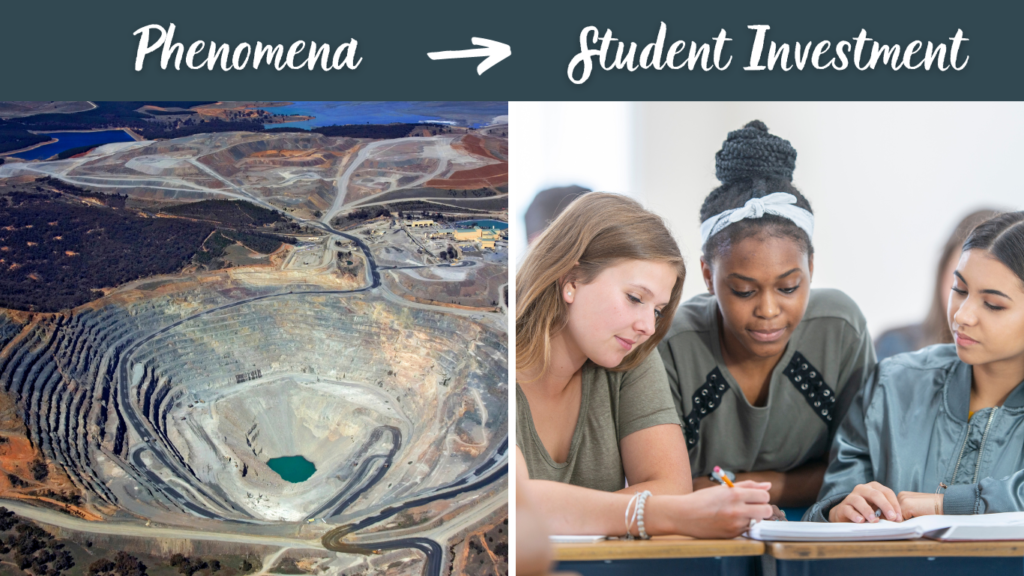7 Things to Know about Using Phenomena with NGSS

Phenomena has become quite the buzz word now that many states have adopted Next Generation Science Standards (NGSS). The transition to a new set of standards has also brought a transformation to how we plan our lessons and how our students learn. One of the easiest transformations to make is at the beginning of the unit – using phenomena with NGSS aligned storylines.
If you have felt overwhelmed with the transition to NGSS, beginning a unit with a phenomenon is the place to start. Seriously, you can implement this change with the start of your next unit. Even if that unit starts tomorrow, you and your students can successfully make this one shift.
1. What is a Phenomenon?
Merriam-Webster defines phenomenon as an observable fact or event. Phenomena featured in our classrooms should be naturally occurring events. Just in case you are like me and need a refresher – Phenomenon is singular, the plural is phenomena. 🙂
Phenomena can include images, video clips, stories, graphs, articles, or any other way students can observe an event in order to ask questions that will drive their learning. It is important to ensure that the provided phenomenon does not provide answers to students’ questions. That may require being selective with which aspects of video clips are shown or how much of an article is provided at the beginning of a storyline.

2. Science Begins with Phenomena
How do many great science discoveries begin? With observations of phenomena! An event is observed, questions are asked, and investigations take place. If that is the process of science in the real world, let’s emulate the experience for students in our classrooms.
We do that by putting phenomena first. When you use phenomena with NGSS aligned units, students have opportunities to make observations and ask questions.
Curious about storylines? Check out this free training to learn more –> Why Storylines Rock!

Examples of earth science phenomena
- Past and present pictures of glaciers at Glacier National Park
- Quietly erupting volcano at Hawaii Volcanoes National Park
- Flyover video of rock layers and Colorado River at Grand Canyon National Park
3. Phenomena with NGSS is More Than a Hook
I’m sure you’ve heard to start your lessons with an engaging hook. That’s a great idea and I’m here for it. We want our students excited by science! Phenomena with NGSS is more than just a hook, though.
A good phenomenon does more than get students excited. It gets students invested in their learning. Students ask questions about the phenomenon, which leads to investigations that answer those questions. Creating a culture of student-driven learning begins with good phenomena.

4. Phenomenon as a Shared Experience
Kicking off a storyline with phenomena provides a shared experience at the beginning of the learning process in your classroom. Students build connections and relationships with each other over their shared classroom experiences.
5. Provide a More Equitable Playing Field
Students enter your classroom with a unique set of experiences. Using phenomena with NGSS aligned lesson plans provides a more equitable playing field for all of your students. Now, you know at least one reference that all students have observed which is related to the current content.

6. Anchor a Storyline with Phenomenon
The beginning of the storyline is not the only time students will interact with the phenomenon. Throughout the storyline, use this shared, observable experience as a reference point to answer questions and emphasize what students are learning.
7. Build a Foundation for the Standards
NGSS incorporates three-dimensions of science: Disciplinary Core Ideas (DCIs), Science and Engineering Practices (SEPs), and Crosscutting Concepts (CCCs). Using phenomena with NGSS aligned storylines builds a foundation to seamlessly include all three-dimensions within lessons. The phenomenon itself demonstrates aspects of the featured DCIs, students apply SEPs to ask and answer questions, and process their sense-making using CCCs.
Save for later. Pin it!

